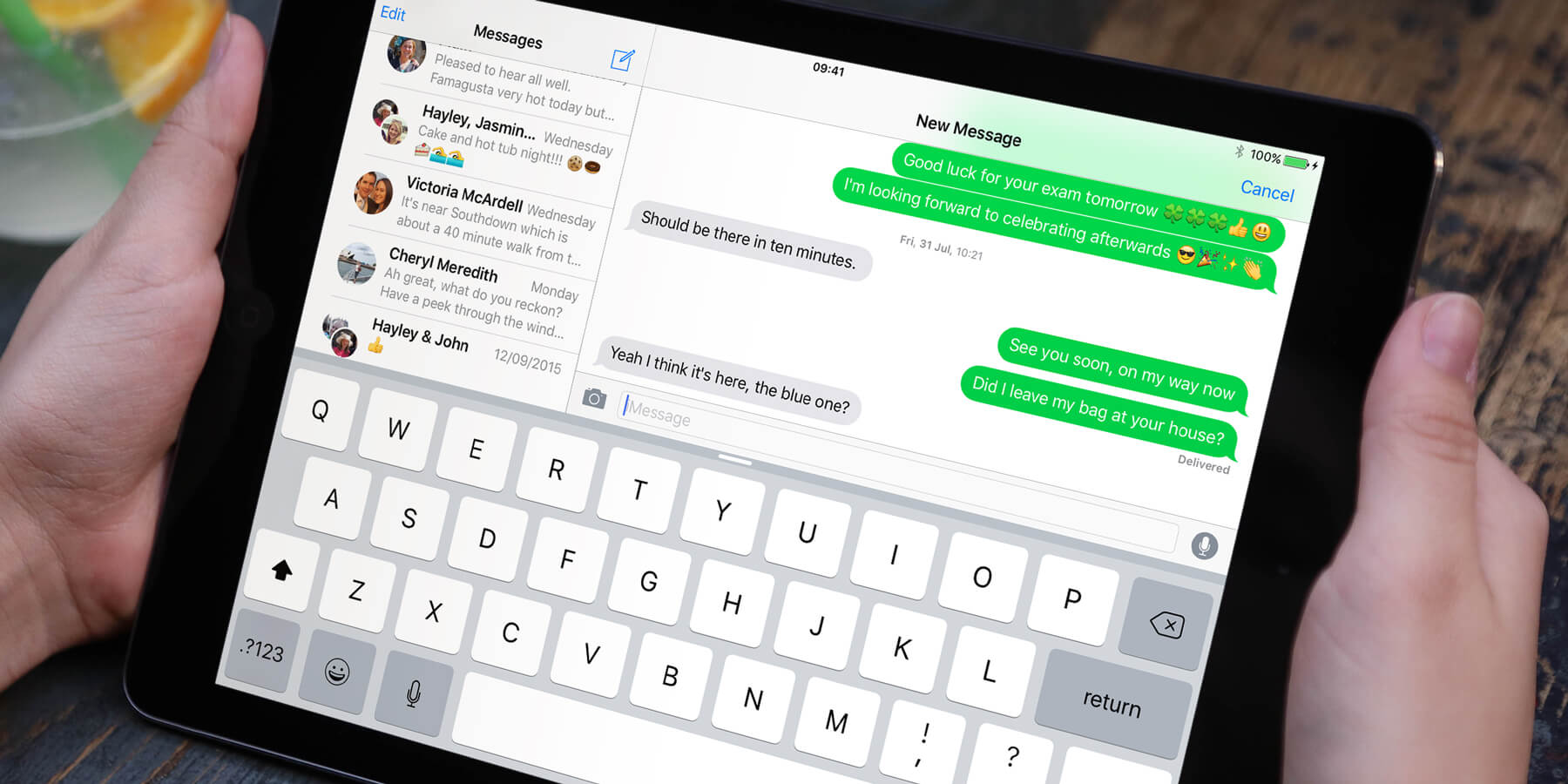
This first number after the comma is UTC time that is accurate within about a nanosecond, depending on your GPS unit. You will see many different line prefixes, but my bet would be that almost all devices will output a line that starts with $GPRMC, then a number (such as 123519).ĩ. Read through your output and see which types of data your device is outputting. Read the section at entitled "Decode of selected position sentences".Ĩ. Now pause the readout by pressing the same button so that you can read through the output and interpret it.ħ. You should now see a bunch of text scrolling across the screen (if your GPS receiver has a valid fix).Ħ. Now click OK and press the button in the top right corner that looks like a plug. This means that we must set the speed (baud rate) to 4800, Data Bits to 8, Parity to none, and Stop Bits to 1.ĥ. Now we must set up the COM port settings as per the NMEA communication standard as detailed at. Under the "Port" tab choose the name of your newly-paired BT GPS reciever.Ĥ. Launch the app and you should see a configuration dialog.
#Goserial send message serial
This software can send and receive serial data from any serial port in your mac (including bluetooth serial ports).ģ.
#Goserial send message download
Download the cool software from furrysoft called goSerial at. Pair your bluetooth receiver using the normal setup assistantĢ. Next, let’s modify our Angular app.I have figured it out, and the solution is very geeky! For those fellow nerds who are interested and have a bluetooth and/or USB/Serial GPS reciever:ġ. This way, we can find the client using the connectionId and send a message just to that client.Īdditionally, we add a new GetConnectionId() method, which returns the connectionId of the client. We change the BroadcastChartData() method to accept connectionId as an additional parameter. Public string GetConnectionId() => Context.ConnectionId Public async Task BroadcastChartData(List data, string connectionId) =>Īwait Clients.Client(connectionId).SendAsync("broadcastchartdata", data)

To implement this, first, let’s modify the ChartHub class in our server-side project: public class ChartHub : Hub Then, the SignalR hub can send a message back to just this client. Here, we are going to modify the last step in such a way that once we click the Angular chart on the client app, it additionally sends the connectionId to the server, which helps the server to identify this client. On clicking the chart, we send a message from the client to the server, which in turn pushes a message to all connected clients. Then, we implemented an Angular chart in the client app which consumes this data. In that article, we implemented an ASP.NET Core SignalR server that uses a timer to send real-time data to all connected clients. We are going to do that by modifying the applications that we created in the linked article. Now let’s straight away implement client-specific messages in our SignalR app. In the previous section, we discussed how we can send messages to individual connections, users, and groups. Implementing Client-Specific Messages Using SignalR Groups are a good choice when we want to implement notifications specific to particular user groups, roles, etc in our application. Then, we can send messages to the group using the group name: public async Task BroadcastToGroup(string groupName) => await Clients.Group(groupName) => await Groups.RemoveFromGroupAsync(Context.ConnectionId, groupName) Public async Task RemoveFromGroup(string groupName) => await Groups.AddToGroupAsync(Context.ConnectionId, groupName) Connections can be added to or removed from groups via the AddToGroupAsync() and RemoveFromGroupAsync() methods respectively: public async Task AddToGroup(string groupName) A connection can become a member of multiple groups. Groups are the recommended way to send messages to multiple connections as it is easy to manage the groups in our application based on the application’s logic.

We can send messages to all connections in a group using the group name. Only then can the connections be mapped to specific users.Ī SignalR group is a collection of connections associated with a name. However, sending messages to individual users requires our application to authenticate users and set the NameIdentifier claim in ClaimsPrincipal. Remember that when we are sending messages to a user, they will be sent to all connections associated with that user and not just any particular connection. => await Clients.User(userId).SendAsync("broadcasttouser", data) We can send messages to a particular user using this value: public async Task BroadcastToUser(string data, string userId) => await Clients.Client(connectionId).SendAsync("broadcasttoclient", data) īy default, SignalR uses the ClaimTypes.NameIdentifier from the ClaimsPrincipal associated with the connection as the user identifier. Public async Task BroadcastToConnection(string data, string connectionId)


 0 kommentar(er)
0 kommentar(er)
